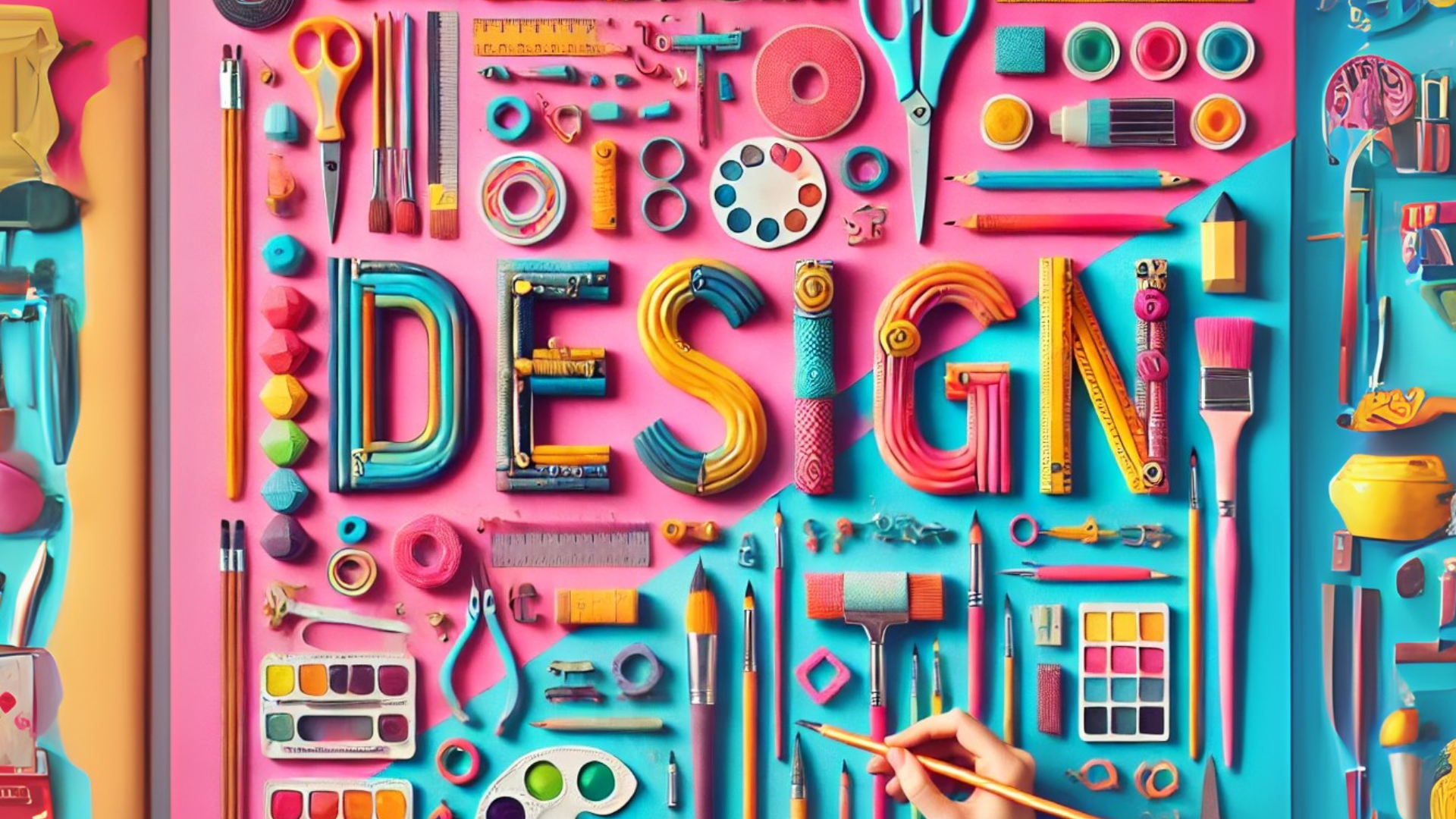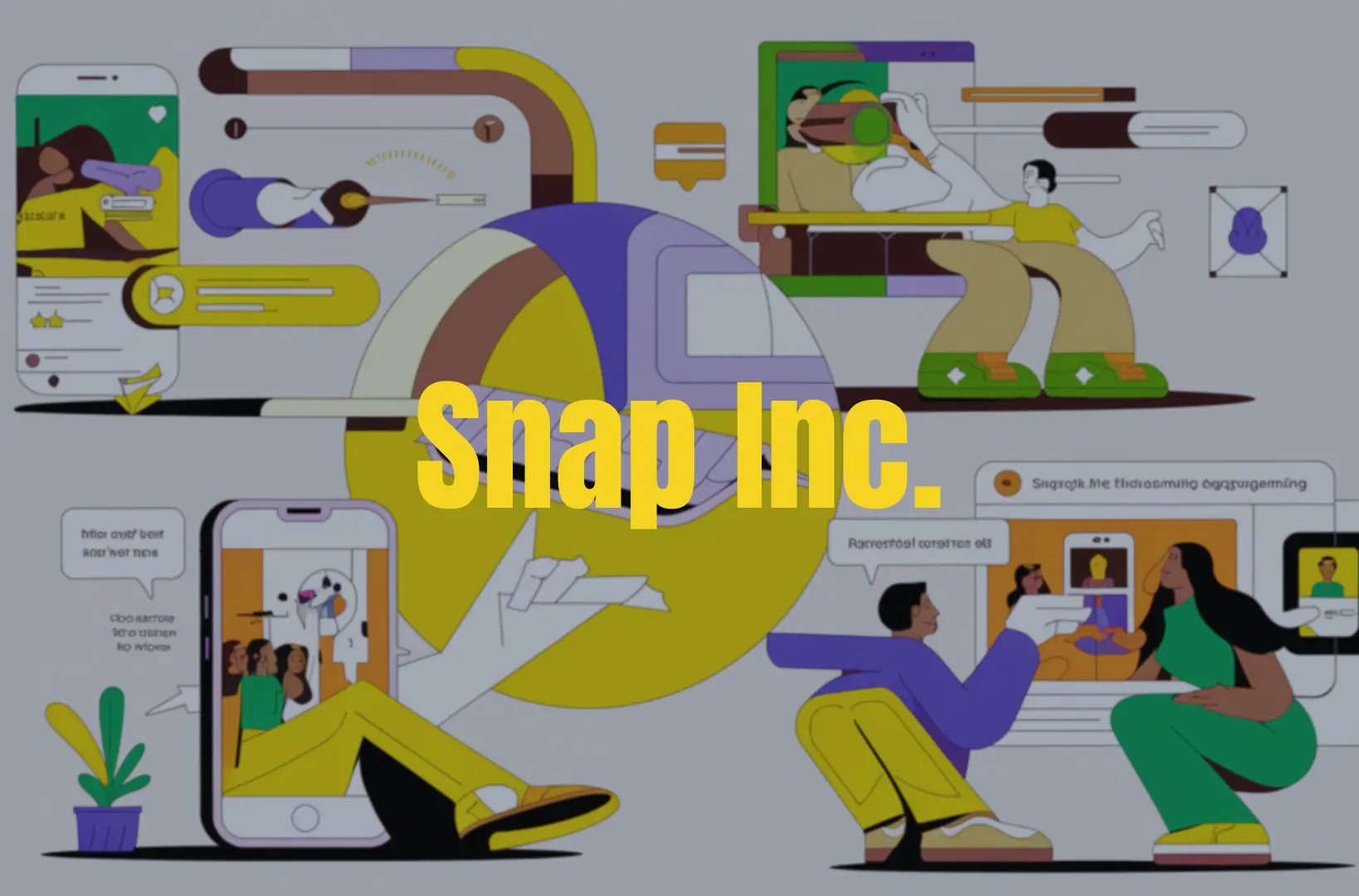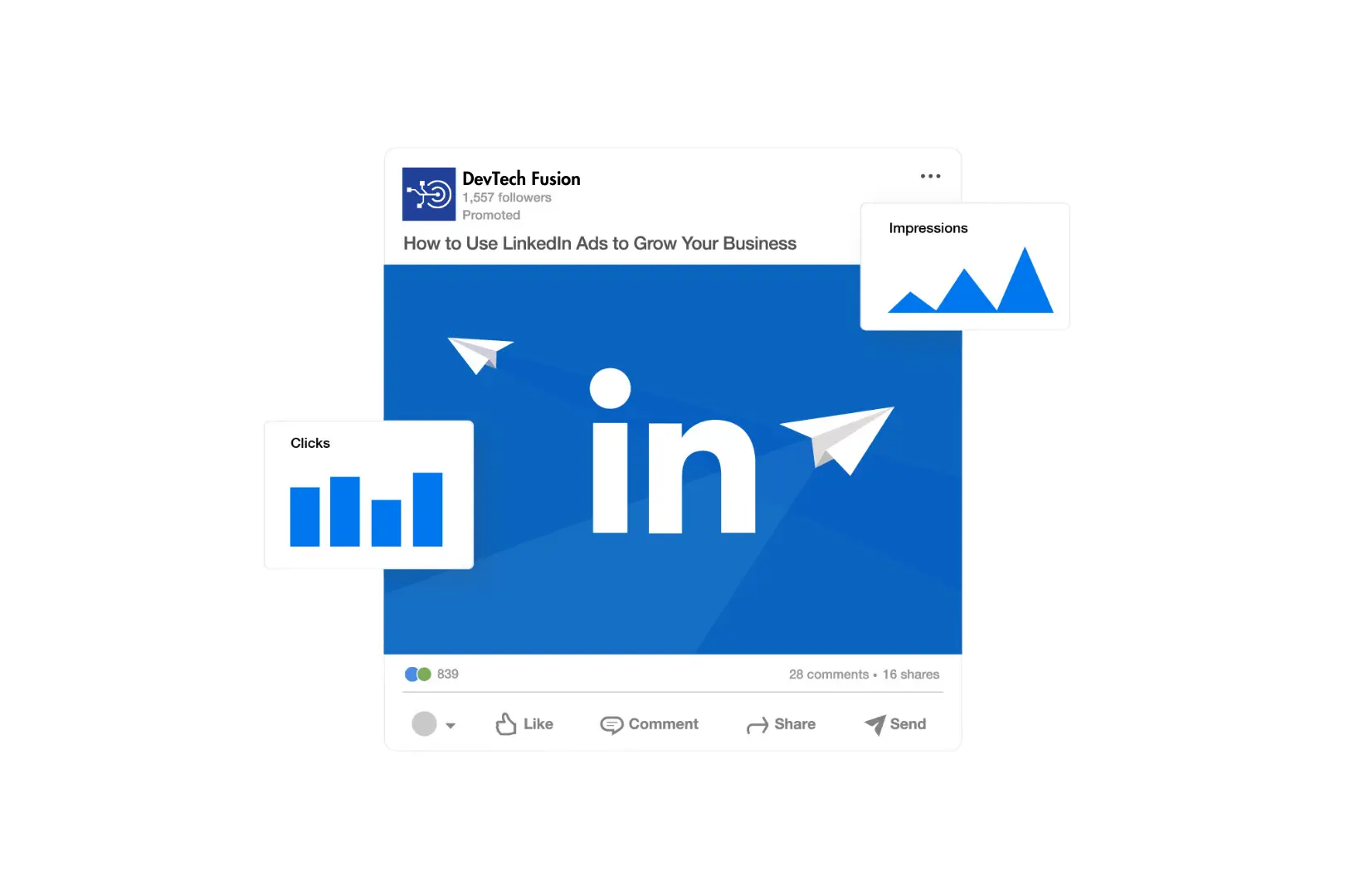Graphic design remains a dynamic and sought-after field, combining creativity with technology to communicate ideas visually. In 2025, the graphic design landscape is evolving rapidly, influenced by emerging technologies, shifting design trends, and changing consumer behaviors. To thrive, aspiring graphic designers must master a blend of technical expertise and creative acumen. Here are the top 10 skills every budding designer should focus on in 2025.
Key Takeaways:
Before diving into the details, it’s important to highlight the key takeaways:
- Mastering design software like Adobe Creative Suite and Figma is foundational.
- Typography and color theory skills are essential for impactful designs.
- UI/UX and motion graphics are critical for the digital-first market.
- 3D design and rendering skills are increasingly in demand across industries.
- Strong conceptual thinking and branding expertise add value to design roles.
- Adaptability and continuous learning ensure long-term success in a fast-evolving industry.
- Salaries for graphic designers range widely, with specialization and expertise significantly boosting earning potential.
1. Proficiency in Design Software
The cornerstone of any graphic design career is proficiency in industry-standard software. In 2025, aspiring designers must excel in tools that cater to various aspects of design:
- Adobe Creative Suite: Photoshop, Illustrator, and InDesign remain indispensable for photo editing, vector creation, and layout design.
- Figma and Sketch: Essential for UI/UX design and collaborative workflows.
- Canva: An increasingly popular tool for quick, impactful designs.
- Blender and Cinema 4D: As 3D design becomes mainstream, these tools are crucial for creating immersive visuals.
Why it’s important: Mastering these tools ensures versatility and competitiveness in a tech-driven market.
Potential Salary Impact: Designers proficient in these tools can earn starting salaries of $40,000-$60,000 annually, with experienced professionals making upwards of $80,000.
2. Understanding Typography
Typography is the art and technique of arranging type. It’s not just about choosing fonts but understanding how type impacts readability, mood, and brand identity.
Key Concepts to Master:
- Typeface classification (serif, sans-serif, script, etc.)
- Hierarchy and alignment
- Kerning, tracking, and leading
- Variable fonts for responsive design
Why it’s important: Strong typography skills enable designers to craft compelling and legible designs, vital for branding and advertising.
Potential Salary Impact: Designers specializing in typography often work on branding projects, earning $50,000-$90,000 annually, depending on experience.
3. UI/UX Design Principles
With the increasing reliance on digital platforms, UI (User Interface) and UX (User Experience) design skills are critical.
What to Focus On:
- Wireframing and prototyping using tools like Adobe XD, Figma, or Sketch.
- Responsive design for mobile and desktop.
- Understanding user behavior through research and testing.
- Accessibility guidelines to make designs inclusive.
Why it’s important: UI/UX skills bridge the gap between design aesthetics and functional user experiences.
Potential Salary Impact: UI/UX designers command competitive salaries, with averages ranging from $70,000 to $120,000 annually.
4. Motion Graphics and Animation
Dynamic content like motion graphics and animations are becoming standard in social media, advertising, and entertainment.
Software to Learn:
- Adobe After Effects
- Premiere Pro
- Moho or Spine for character animation
Applications:
- Social media content
- Explainer videos
- Website interactions
Why it’s important: Motion graphics elevate static visuals, capturing audience attention more effectively.
Potential Salary Impact: Motion graphics designers can earn $60,000-$100,000 annually, with freelance rates often higher.
5. 3D Design and Rendering
3D elements add depth and realism to designs, making them stand out. Industries like gaming, architecture, and e-commerce are driving this demand.
Tools to Master:
- Blender
- Autodesk Maya
- Cinema 4D
Applications:
- Product mockups
- Virtual reality (VR) environments
- Interactive design elements
Why it’s important: As AR/VR technologies gain traction, 3D skills offer a significant edge.
Potential Salary Impact: 3D designers can expect salaries between $65,000 and $120,000 annually, depending on expertise and industry.
6. Strong Conceptual Thinking
Great design is more than aesthetics; it’s about solving problems and communicating ideas.
How to Develop This Skill:
- Study design theory and principles.
- Practice creating mood boards and storyboards.
- Engage in brainstorming sessions and creative exercises.
Why it’s important: Conceptual thinking enables designers to craft designs with meaning and purpose, resonating with their target audience.
Potential Salary Impact: Designers with strong conceptual skills often become art directors or creative leads, earning $80,000-$150,000 annually.
7. Knowledge of Branding and Identity Design
Branding goes beyond logos; it’s about creating a cohesive visual identity that communicates a brand’s essence.
Key Areas:
- Designing logos, typography, and color schemes.
- Creating brand guidelines to maintain consistency.
- Understanding target audiences and market trends.
Why it’s important: Branding skills allow designers to help businesses establish a unique and memorable identity.
Potential Salary Impact: Branding specialists can earn between $70,000 and $110,000 annually.
8. Understanding Color Theory
Color plays a pivotal role in evoking emotions and conveying messages.
What to Learn:
- Color wheel fundamentals
- Color harmonies (analogous, complementary, etc.)
- Cultural and psychological implications of colors
- Use of gradients and transparency
Why it’s important: Mastery of color theory ensures designs are visually appealing and contextually appropriate.
Potential Salary Impact: While often a part of broader design roles, strong color theory knowledge can lead to specialized consulting opportunities, earning $60,000-$90,000 annually.
9. Soft Skills and Client Management
Technical skills alone aren’t enough. Aspiring graphic designers must excel in communication and collaboration.
Soft Skills to Develop:
- Active listening to understand client needs.
- Negotiation and project management for freelance work.
- Teamwork in collaborative environments.
- Time management to meet deadlines.
Why it’s important: Building strong relationships with clients and teams leads to long-term success and a better work-life balance.
Potential Salary Impact: Freelancers with excellent client management skills often charge $50-$150 per hour, depending on expertise.
10. Adaptability and Continuous Learning
The design industry evolves rapidly, with new trends and technologies emerging every year.
How to Stay Relevant:
- Follow design blogs and influencers (e.g., Behance, Dribbble).
- Take online courses on platforms like Coursera, Skillshare, or Udemy.
- Attend design webinars and conferences.
- Experiment with AI-powered design tools like Canva’s Magic Resize or Adobe’s AI-driven features.
Why it’s important: A commitment to learning keeps designers ahead of the curve, ensuring their skills remain in demand.
Potential Salary Impact: Designers who adapt quickly can transition into high-paying roles like creative strategists, earning $90,000-$130,000 annually.
Conclusion
Graphic design in 2025 is an exciting, multifaceted career that demands a mix of creativity, technical skills, and adaptability. By mastering these 10 skills, aspiring designers can position themselves for success in an industry that thrives on innovation and visual storytelling.
Whether you’re a beginner or looking to upskill, investing in these areas will pay dividends in creating compelling designs that captivate audiences and meet client needs. Start learning today to shape a thriving design career tomorrow.









